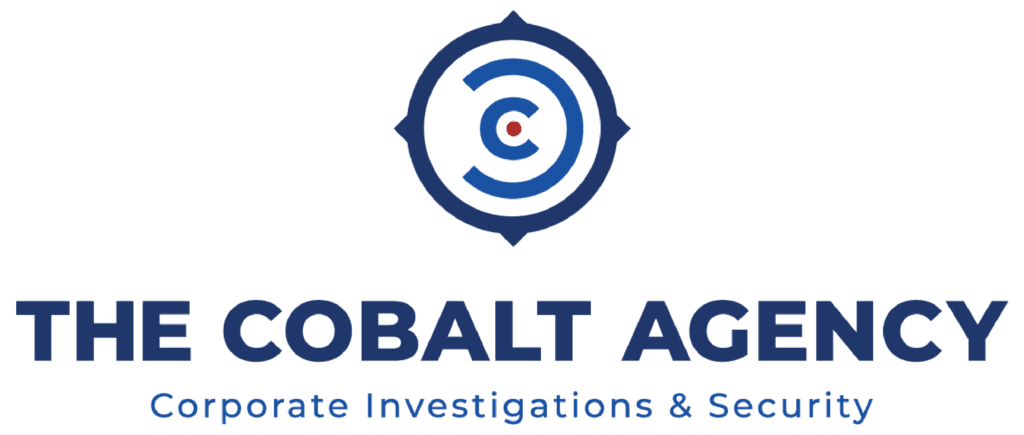When you are thinking about buying a business or entering into a partnership, carrying out due diligence is vital. This ensures that you have a clear oversight of the operations, finances, risk, and potential for growth. Here, we will explore the key aspects of conducting due diligence in order for you to make informed decisions, as well as exploring how to conduct due diligence on a company.

Understanding the basics of due diligence
Due diligence is the process of investigating a business. It evaluates its potential, verifies information and uncovers any potential risks or liabilities. It is something everyone considering purchasing a business or a stake in one should do, as it provides complete transparency.
Some of the the things that due diligence allows you to do include:
- Verify the financial health of a company
- Understand the efficiency of operations
- Check market position
- Pick up on any potential regulatory or legal issues
By conducting due diligence, you can reduce risks and make sure that the business fits in with your goals and expectations.
Key steps in conducting due diligence
Good and effective due diligence requires a systematic approach. The key steps are as follows:
1. Preliminary research
The first thing to do is to collate the information that is available publicly about the company. This should include things like reviews and feedback from customers, comparisons with competitors, and industry trends and market conditions.
2. Financial analysis
Ensure you review the company’s financial statements. This should include income statements, balance sheets and cash flow statements, as well as tax returns for the past three to five years and any debt repayments and history.
Go through these carefully and ask for clarification on any discrepancies.
3. Legal and regulatory compliance
Check the company’s compliance with laws and regulations. This includes verifying any licenses or permits, investigating any forthcoming legal issues, litigation history and checking intellectual property ownership and trademarks.
4. Review of operations
It is crucial to understand the day to day workings of the business. Evaluate key aspects such as the turnover rate and employee roles, supplier and customer contracts, supply chain efficiency and inventory management.
5. Market and industry assessment
Check the company’s position within the market by reviewing market shares and competitive advantages, identify potential threats from competitors and assess the opportunity for growth.
6. Interviews and visits to the site
One of the best ways to find out about a company is to engage with the employees, customers and suppliers. Carry out site visits to give you an insight into the company culture and ethos.
Due diligence for private companies
It can be a little more complicated to conduct due diligence on a private company than on a public company, This is because there is not as much publicly available information. Things to think about include:
- Limited financial transparency
Private companies are not legally obliged to share their financial information publicly. Ask them to provide detailed financial documents and check that they have been audited,
- Ownership and governance
Verify the company’s ownership structure and governance practices. This should include identifying key stakeholders and decision makers, shareholder agreements and voting rights.
- Valuation challenges
Private companies generally have less in the way of market data to support their valuation. To overcome this, you should use a range of methods to determine a fair value, including comparable company analysis and discounted cash flow.
- Relationship driven insights
Use personal interviews and references to collect qualitative data about the reliability and reputation of the company.
Effective due diligence strategies
By planning strategically, you can streamline the due diligence process and ensure it is carried out thoroughly and effectively. Some of the things to consider include:
- Clearly defined objectives
Make sure from the outset you clearly define what you want to achieve from the due diligence process. This may include verifying the financial stability of the company, identifying challenges with integration and checking that they align with your own business goals.
- Put together a team of experts
Engage specialists such as accountants to assess the financials, legal professionals to validate contracts and compliance and industry experts to assess the market dynamics.
- Ensure confidentiality
Insisting on the signing of non disclosure agreements can help to protect any sensitive information that is shared during the due diligence process.
- Focus on key areas
While having a solid general overview is important, focus closely on the aspects that align most with your objectives, such as the financial health or efficiency of operations.
Tools for Successful Due Diligence
There are plenty of tools that can improve the efficiency and accuracy of due diligence. These include:
a) Virtual Data Rooms (VDRs)
These allow you to securely store and share confidential documents with stakeholders, while enabling easy tracking of document access and updates.
b) Financial Analysis Software
Tools like QuickBooks or Xero can help analyze financial data quickly and identify trends or irregularities.
c) Market Research Platforms
Platforms like IBISWorld or Statista can help you to gather industry insights and market data.
d) Compliance Software
Tools like LexisNexis or ComplyAdvantage can help you to verify regulatory compliance and identify legal risks.
e) Project Management Tools
Platforms like Trello or Asana help organize tasks, assign responsibilities, and track progress during the due diligence process.
Best practices for due diligence
By adopting best practices, you can ensure a comprehensive and effective due diligence process:
- Start as early as possible
Begin the due diligence process as soon as possible to avoid last-minute surprises and rushed decisions.
- Communicate Clearly
Make sure you keep open communication with the seller and other stakeholders. Transparency helps to encourage a culture of trust and facilitates smoother negotiations.
- Keep detailed records
Keep detailed records of all findings. This not only supports your decision-making but also serves as a reference for future integration efforts and any disagreements or discrepancies.
- Seek Independent Opinions
Engage third-party experts to validate critical information, such as financial data or legal compliance.
Tips for Streamlining Due Diligence
The due diligence process can be time-consuming, but by following thee tips, you can make it a much more streamlined process.
- Plan ahead
Develop a detailed timeline and stick to it. Break down tasks into manageable phases and set deadlines.
- Use technology
Use digital tools and automation wherever possible to save time and reduce human error.
- Focus on red flag areas
Identify and prioritize areas with the highest risk potential. Address these issues first to determine if the deal remains viable. If it doesn’t, you won’t have wasted valuable time and resources.
- Delegate Responsibilities
Give specific roles to team members or external consultants to make sure that all areas are covered efficiently.
- Carry out regular updates
Carry out regular check-ins with your team to monitor progress and address any sticking points.
Conclusion
Carrying out due diligence is an important step in ensuring a successful business acquisition or partnership. By following this guide, you can mitigate risks, identify opportunities, and make well-informed decisions.

